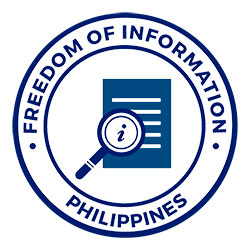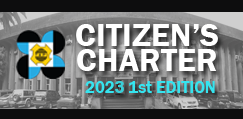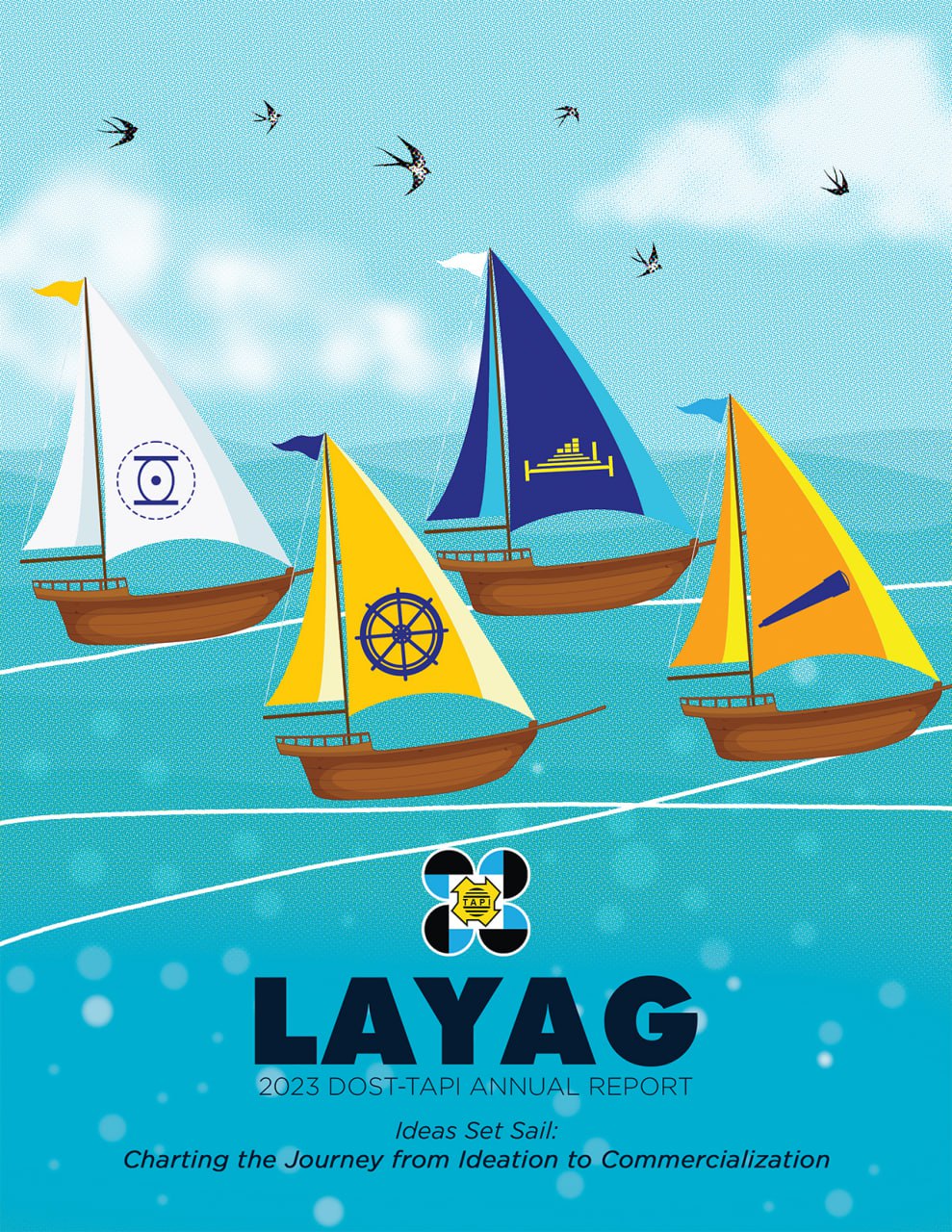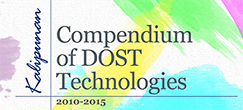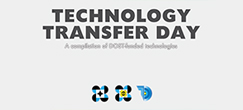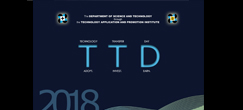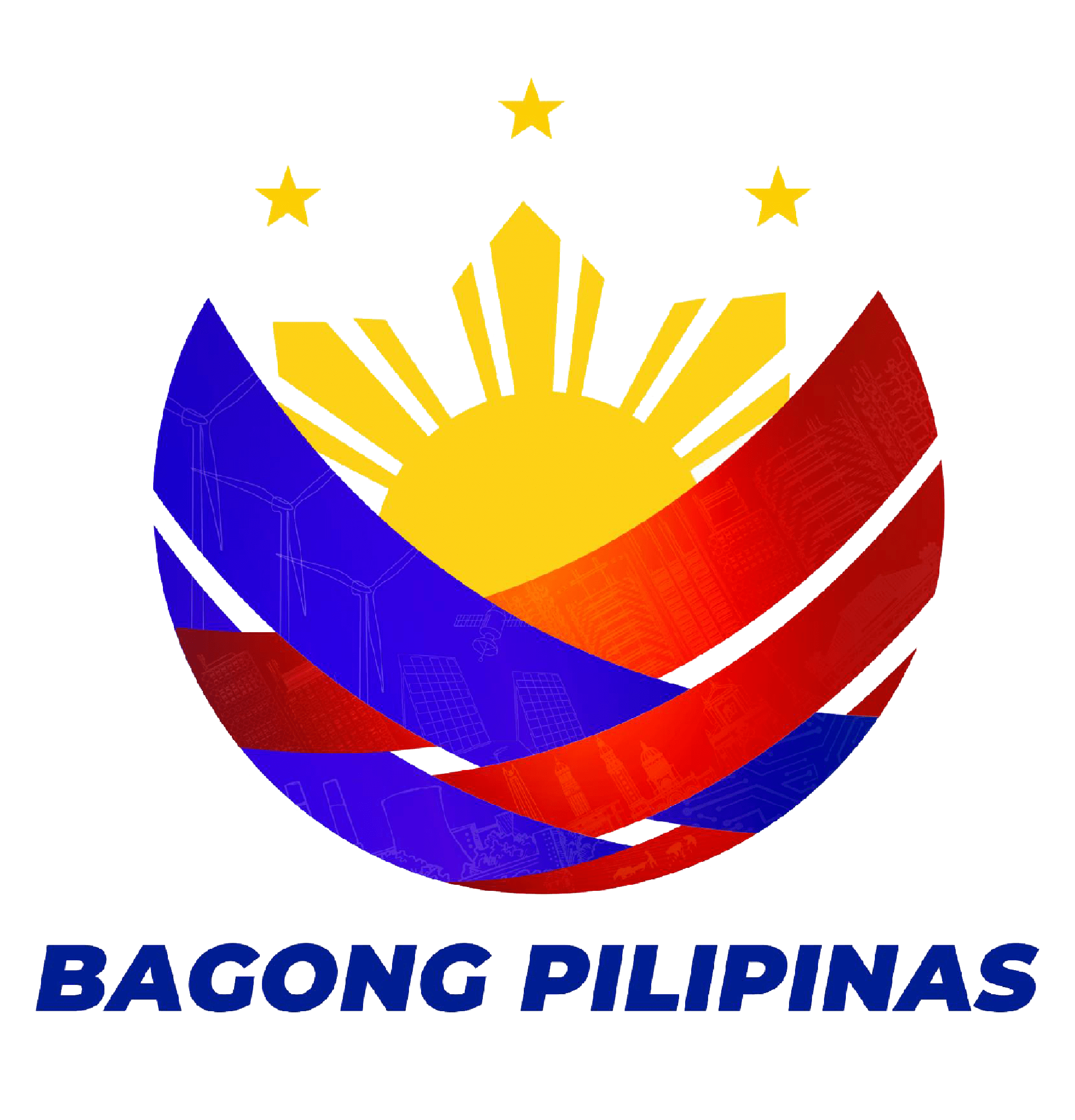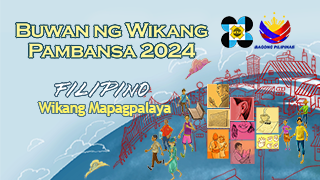By Geraldine Ducusin
“The gap is in identifying what resiliency technologies are appropriate for the LGUs to acquire,” Engr. Noel M. Ajoc, Regional Director, Department of Science and Technology (DOST) Regional XIII, said during the 2024 HANDA Pilipinas Cebu leg press conference.
Ajoc added that when he was tasked to deploy close to 200 early warning devices in Caraga, he found that the LGUs already have a lot of learning acquired from a number of trainings DOST conducted. The gap, though is in determining what appropriate technologies to acquire.
DOST Secretary Renato U. Solidum agreed that there’s a need to assist the LGUs in determining which resiliency technologies are needed, citing that there are some technologies where it’s enough for the provincial government to have it, but not necessarily one per municipality. And there are other technologies where it will help for each LGUs to have one. The Local governments can tap DOST to assist them in determining which technologies or tools are necessary to acquire at their level.
One of the technologies exhibited at the 2024 HANDA Pilipinas Cebu leg is the Mobile Command and Control Vehicle (MOCCOV), a disaster risk reduction and climate change adaptation technology developed after typhoons Yolanda, Odette, Ondoy and was funded by the DOST Community Empowerment thru Science and Technology (DOST CEST).
MOCCOV is a solar-powered, homegrown solution tailored to Philippine emergencies. It can independently operate even when there’s power interruptions. This technology was tested to withstand various regional terrains. Some of the local government which already use MOCCOV are cities of Pasig, Pasay, and Muntinlupa. MOCCOV is a product of a 10-year research and development and the model continues to improve to make it more responsive to the disaster needs of the localities. It can also be customized and fabricated depending on the specific requirements of the LGUs.
“Ideally the command control can be one per province. What we’re doing now is introduce the technology,” Secretary said on MOCCOV that’s on exhibit at the HANDA Pilipinas.
Secretary Solidum said that the purchase of resiliency or DRRM equipment or gadgets should also be planned well. While not everyone can be provided for or can acquire all the technologies, there are technologies, such as PlanSmart of DOST which are free, and all they have to do is request DOST-PHIVOLCS to provide them with the training.
Ajoc also mentioned that HANDA Pilipinas is a sort of marketing event that features various resiliency technologies. While DOST may have conducted a lot of events, sometimes the information on the technologies didn’t reach the local government.
HANDA Pilipinas is one avenue where these technologies are promoted and it’s also a venue where exchange of information happens at the local level. This helps the government executives gather insights, so that the engineers, technology, and scientists would know what to develop based on the needs of the communities.
DOST-VII hosts the Visayas leg of HANDA Pilipinas 2024: Innovations in Climate and Disaster Resilience Nationwide Exposition at the Waterfront Cebu City Hotel. The 3-day event gather local chief executives, Disaster Risk Reduction Management (DRRM) officers from different parts of the Visayas, some national government offices including Office of the Civil Defense (OCD), Department of the Interior and Local Government (DILG), Philippines Information Agency (PIA), technology innovators and academe. DOST-Technology Application and Promotion Institute (TAPI) managed this year’s HANDA exhibit, in collaboration with DOST-Regions VII, I, VIII and X, and DOST agencies (TAPI news service).


